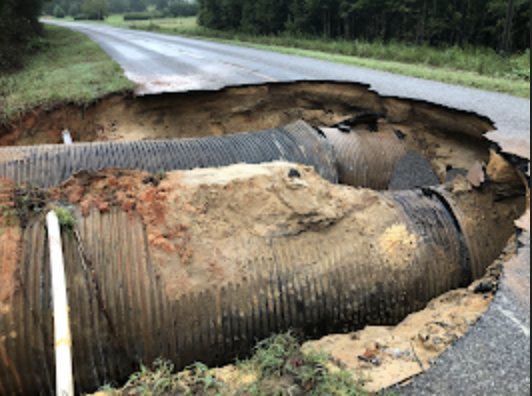No H1N1 flu cases for Crenshaw County yet
Published 11:01 am Tuesday, May 5, 2009
Crenshaw County has not seen any of the H1N1 flu cases yet, but residents are warned to still take precautions, according to Cyndi Tereszkiewicz, senior environmentalist for the Alabama Department of Public Health.
Tereszkiewicz spoke to room filled with emergency responders, school officials and law enforcement Friday afternoon at the Crenshaw County EMA office concerning the Type A H1N1 virus, more commonly referred to as the swine flu even though it has not been connected to any pork products.
“Everything we’ve had in Crenshaw County has been the seasonal flu,” she said. “We’ve not had to send any samples to Montgomery just yet.”
Tereszkiewicz, who leads a Pandemic Influenza meeting in the county quarterly, said that there is no vaccine for the H1N1 flu virus, and that medications such as Tamiflu only lessen the symptoms, not destroy the virus.
“We want people to use common sense with this situation, and take extra precautions with spraying surfaces, wiping down door handles, and using at least 60 percent alcohol-based hand wipes at work and at home,” she said. “The main thing is to wash our hands constantly, and don’t touch our faces—that’s something we forget about.”
With the symptoms of muscle aches, fatigue, high fever, and cough, Tereszkiewicz urged people to stay at home if they become ill.
“People who have the H1N1 flu are also reporting more nausea and vomiting than with the seasonal flu,” she said.
Even though many people have been frightened by all the media coverage over the “swine flu,” most may not realize that approximately 36,000 people die in the United States each year from the regular seasonal flu, with 5,000 of those being in Alabama, according to Tereszkiewicz.
“If your kids are sick, keep them at home and call the doctor first,” she said. “That way, you don’t sit in a crowded waiting room and risk the spreading of more germs.”
Tereszkiewicz said the World Health Organization had raised the threat level from a 3 to a 5, with 6 being the highest possible threat level.
It was a 3 before the “swine flu” scare started due to the bird flu epidemic, she explained.
“If forty percent of your work force is out sick, whether they are sick or they’re taking care of sick family members, who’s going to be in charge? Every business and institution needs to have a plan in place for this type of situation, because if we have a pandemic, you are on your own.”


